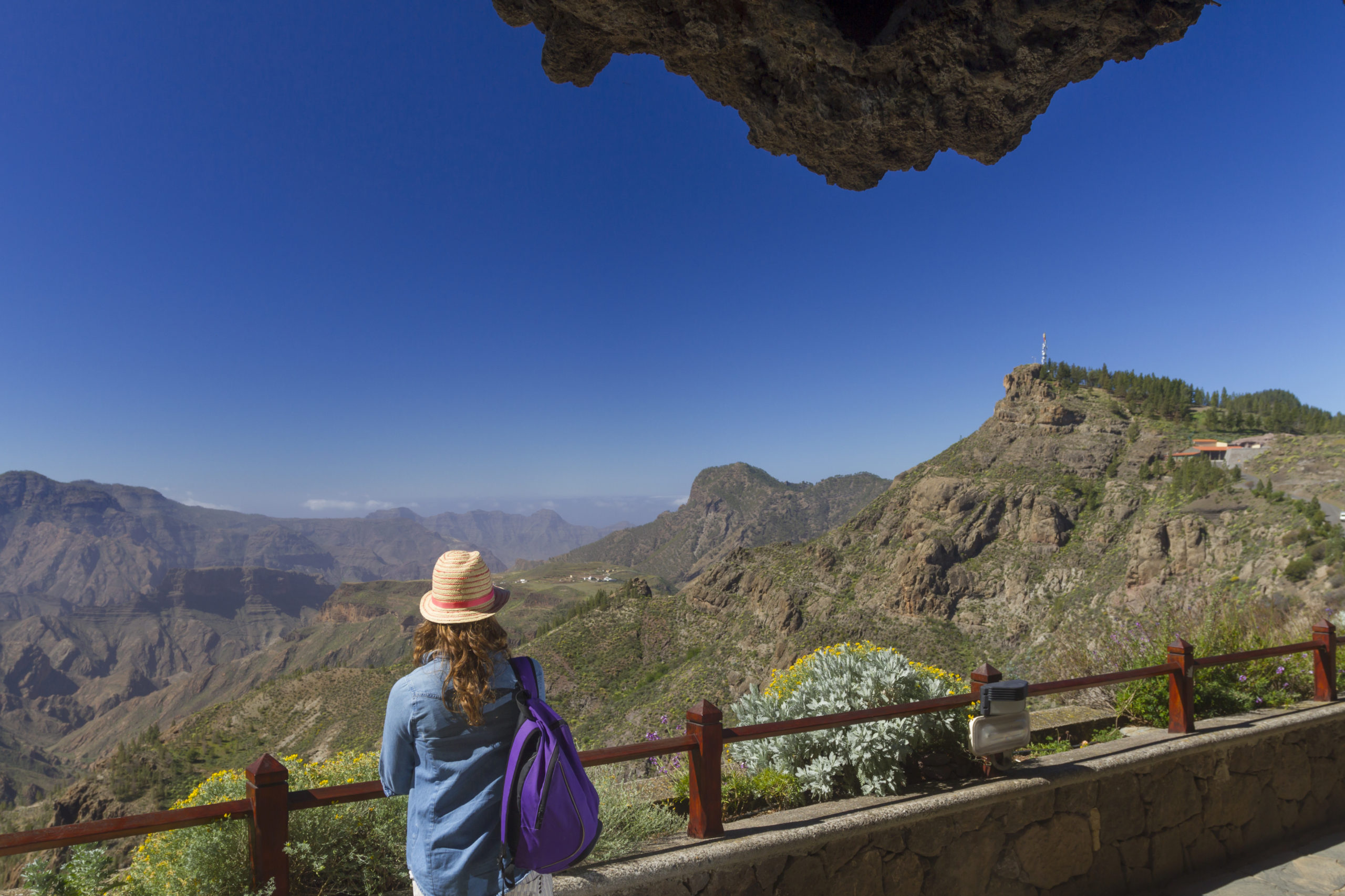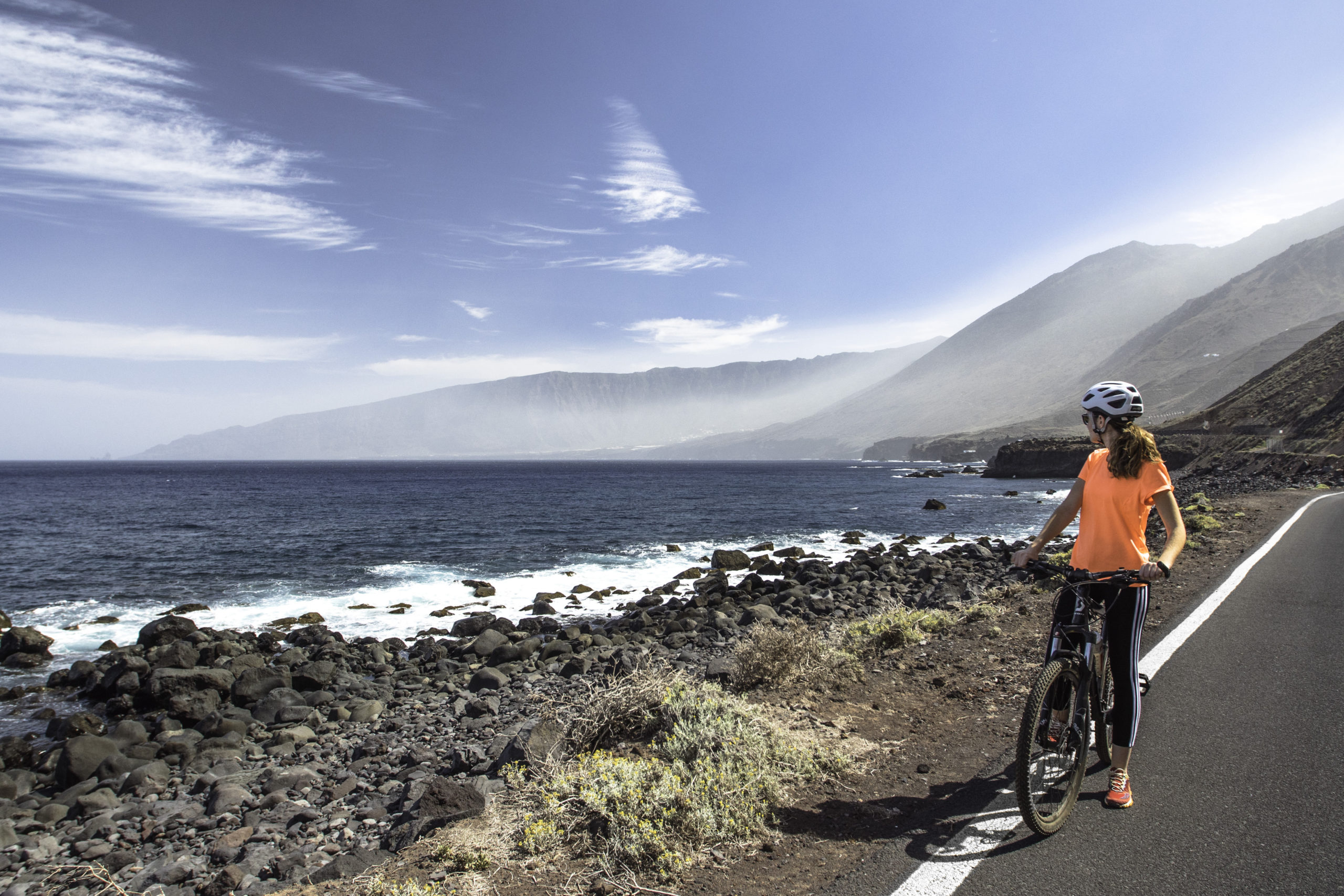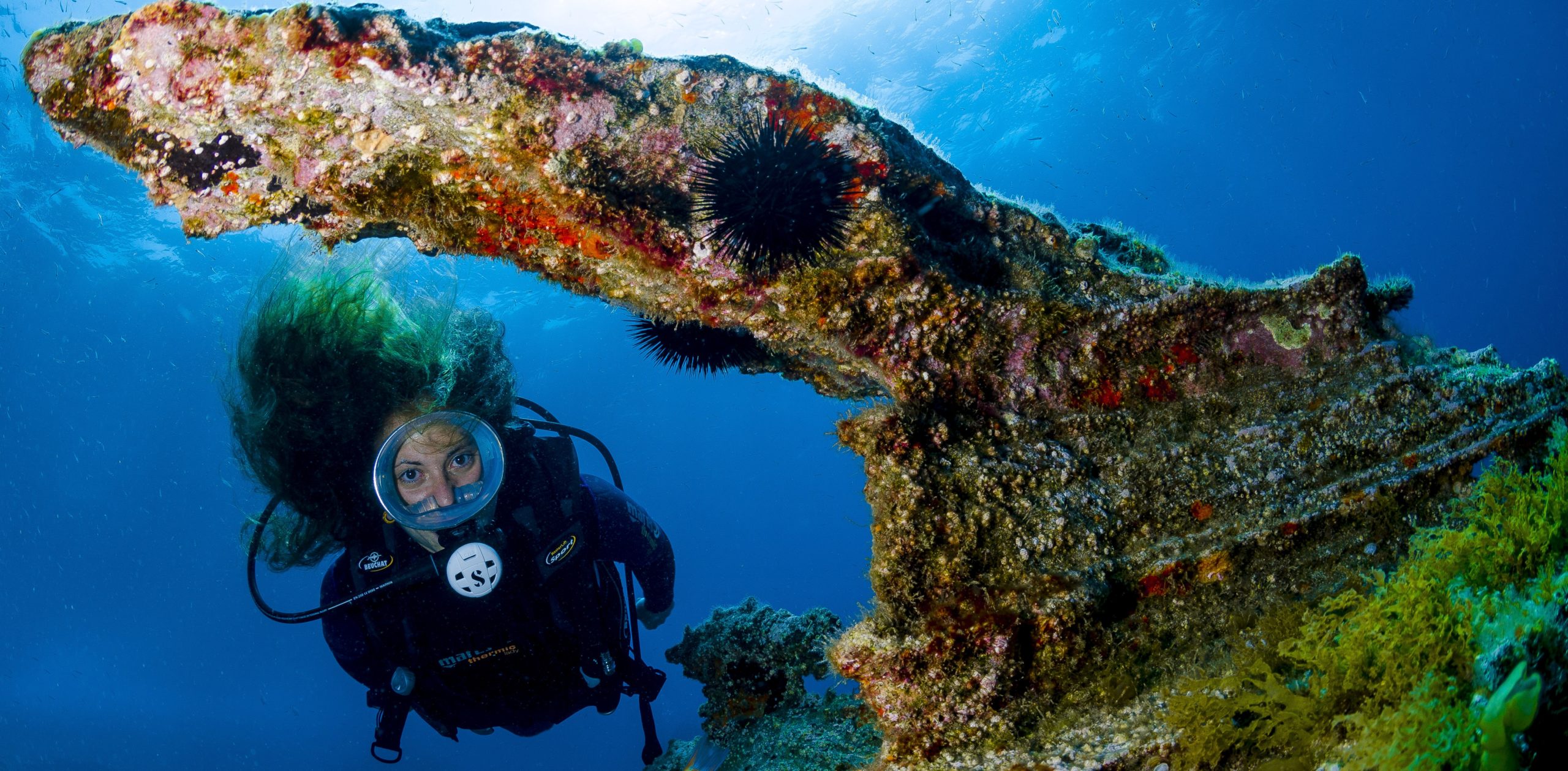Itineraries for a solo holiday: how to give yourself time, challenge yourself
and regenerate yourself by getting to know new corners of paradise
in the Spanish archipelago

A solo trip is first and foremost a voyage of discovery to the most intimate part of oneself, a journey away from the hustle and bustle of everyday life to devote oneself to one’s passions, a way to really get to know the world and open one’s mind, filling the eyes with beauty and the heart with emotions. In short, it is synonymous with total freedom.
And what better destination than the Canary Islands? The incredible landscapes, the mild climate, and the picture-postcard beaches off the Atlantic Ocean are capable of providing wonderful moments for all kinds of travellers.
Her journey, her experience, her island!

To travel is to know: experiences for culture-lovers
To those who believe that the archipelago is just sea and sun, the Canary Islands may surprise you. Travelling to the Canary Islands is like stepping back in time to discover past worlds. Amongst monuments, archaeological sites, volcanic caves and botanical gardens, there are several UNESCO World Cultural Heritage Sites, including the ancient caves of Risco Caído and las Montañas Sagradas in Gran Canaria, as well as museums dedicated to a diverse set of themes: the wine and honey museum, salt museums, ethnographic museums.
Among the best-known museums is the Tenerife Museum of Ibero-American Handicrafts, dedicated to handicrafts, one of the most important artistic activities in the archipelago. Located in La Orotava, in the former convent of San Benito Abad, it dates back to the 17th century and preserves its ancient structures, from the stone arch to the cloister entrance, from the wooden ceilings to the stone staircase.
While El Paso, in La Palma, is home to the famous Silk Museum that keeps the tradition of silk manufacturing alive. And for a truly local experience, the museum includes the Spinning Mill Workshop where you can learn the tricks of an almost extinct trade.
To travel is to taste: experiences for food-lovers
“The belly is the shortest way to the heart”: the inhabitants of the Canaries know this saying very well, identifying as much with their cuisine as the sea and majestic volcanic landscapes. Tourists who want to experience the archipelago’s roots first hand will certainly appreciate its culinary traditions with their unique and multicultural identity.
Having lunch or dinner by the sea in the company of the sea breeze, the sound of seagulls and the smell of freshly grilled fish is an unmissable experience. A tradition of the archipelago’s gastronomy are the delicious las viejas (parrot fish) with their delicate white flesh. Another traditional dish is sancocho: salted fish served with potatoes, sweet potatoes and mojo – the famous olive oil sauce – as well as peppers and assorted spices.
And no meal is complete without some good wine or a taste of the local cheeses. Finally, for those with a sweet tooth, the islands have some delicious surprises in store, such as Príncipe Alberto, a dessert of sponge cake, chocolate, almonds and hazelnuts typical of La Palma.

To travel is to overcome limits: experiences for extreme sports-lovers
Thanks to the variety of landscapes, from volcanic peaks to windswept beaches, the archipelago is the right place to indulge in extreme outdoor sports.
The extraordinary volcanic landscape of El Hierro offers the unforgettable experience of a flight on a paraglider thanks to the constant trade winds, especially from the summit of Dos Hermanas, where one can launch from different heights for various levels of skill.
For professional and amateur climbers, one of the main areas dedicated to sport climbing is in the Tamadaba Natural Park in the north of Gran Canaria. There are around 400 routes up to 40 metres in length where you can experience the thrill that only vertical walls can give you, surrounded by an unspoiled landscape of lush coniferous forest.
For those who come to the archipelago with their bicycles, the Canaries offer a huge variety of mountain bike trails: mountain roads, forest trails, volcanic passes and adrenalin-pumping drops of all kinds. One of the most spectacular is in Tenerife: a route that, after a short stretch of road, continues on the forest track of Los Ovejeros, then begins the steep ascent to the Observatory, at an altitude of 2,300 metres.

To travel is to relax: experiences for wellness-lovers
A visit to the Canary Islands is in itself a revitalising treatment. The wild nature, the volcanic origins, the long days of sunlight and the mild temperatures allow anyone who wants to spend quiet days to find their ideal destination in the islands. Various natural resources are made available to wellness addicts to restore harmony and serenity.
From thalassotherapy to geotherapy, from vinotherapy to aloetherapy: there’s a treatment for all. The latter, in particular, owes much to the precious qualities of Canary Island aloe vera, the archipelago’s green gold. Rich in active ingredients, it contains health benefits that have been known since ancient times: the Sumerians, for example, used it for medicinal purposes as far back as 5000 BC.
It is now used for its topical, healing and protective properties against sun radiation and burns, as well as for reducing cholesterol and glucose levels in the blood, regulating blood pressure and protecting the gastrointestinal tract. Canarian aloe vera boasts superior properties compared to those cultivated in other parts of the world, thanks to a higher concentration of aloin.

To travel is to find beauty: experiences for unexpected-angle lovers
Secluded, wild, with black sand: the archipelago possesses beaches of mystical beauty, ideal for those who wish to dive into the deep sea and gather energy from the ocean to find themselves.
Located not far from the port of Agaete, inside a canyon, amidst cliffs and volcanic landscapes, Guayedra beach in Gran Canaria is characterised by the famous inlet that divides the shoreline, leading to the most unique sunsets.
The Cala de Tacorón on the island of El Hierro is a small inlet on the Las Calmas sea, where the bluish hue of the sea mixes with the red of the lava soil to create a wonderful ochre effect.
Mountains, paths and landscapes formed from lava many years ago. The beach of Nogales encapsulates the essence of the island of La Palma. Situated in the northern resort of Puntallana, it is surrounded by wild nature and protected by the cliffs overlooking the Atlantic.
Finally, on the northern coast of Fuerteventura, Esquinzo Beach, protected by three large sandy mountains sculpted by the wind, is distinguished by its volcanic blackness that mingles with the golden sand and the deep blue of the ocean.

